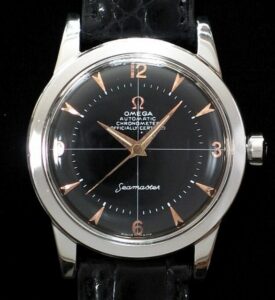
Horology, from the Greek “hora” meaning hour and “logos” meaning study, is the art and science of measuring time. The study of horology encompasses an array of devices, ranging from sundials and water clocks of antiquity to the mechanical marvels and digital wonders of modern times. This journey through horology begins in the 14th century, a period that heralded a significant revolution in timekeeping with the advent of mechanical clocks.
Mechanical clocks were a significant departure from the natural phenomena-based timekeeping methods like sundials and water clocks. Unreliant on environmental factors, mechanical clocks could operate consistently, regardless of weather or geographical location.
One of the earliest mechanisms employed in these groundbreaking timekeepers was the verge escapement. Developed by resourceful European clockmakers, this escapement, central to the timekeeping process, was a mechanical feat that converted the rotational energy of weighted wheels into a measured, oscillating motion. This invention allowed time to be divided into equal increments, something unachievable by earlier horological methods.
The earliest mechanical clocks were driven by weights. These weights were the source of the rotational energy that set the mechanism in motion. A system of ‘wheels’, harnessed the energy from the falling weight. As the weight descended, it turned the wheels in the clock, propelling the motion of the hands on the clock’s face.
This weight-driven mechanism, combined with the use of a balance or verge as a regulator, marked a pivotal stride in the evolution of timekeeping. The verge escapement and the falling weight mechanism turned rotational energy into regular, predictable motion. This made these early mechanical clocks more precise and reliable than previous timekeeping methods.
The 14th-century clockmakers, with their pioneering verge escapement and weight-driven clocks, set the stage for centuries of horological innovation. They redefined humanity’s relationship with time, paving the way for the mechanical precision of modern timekeeping that we often take for granted today.
Please note: Despite these significant advancements, the accuracy of these early mechanical clocks was still a far cry from our modern standards. Nevertheless, they represented a monumental leap forward compared to preceding devices like sundials or water clocks.
